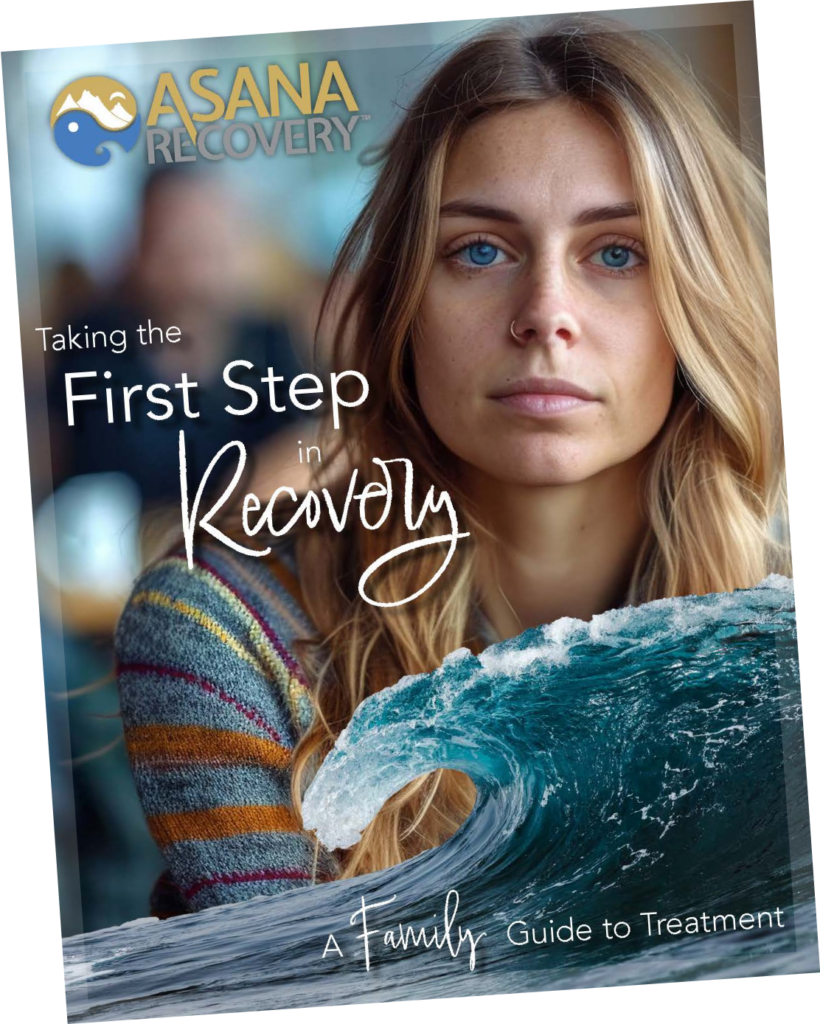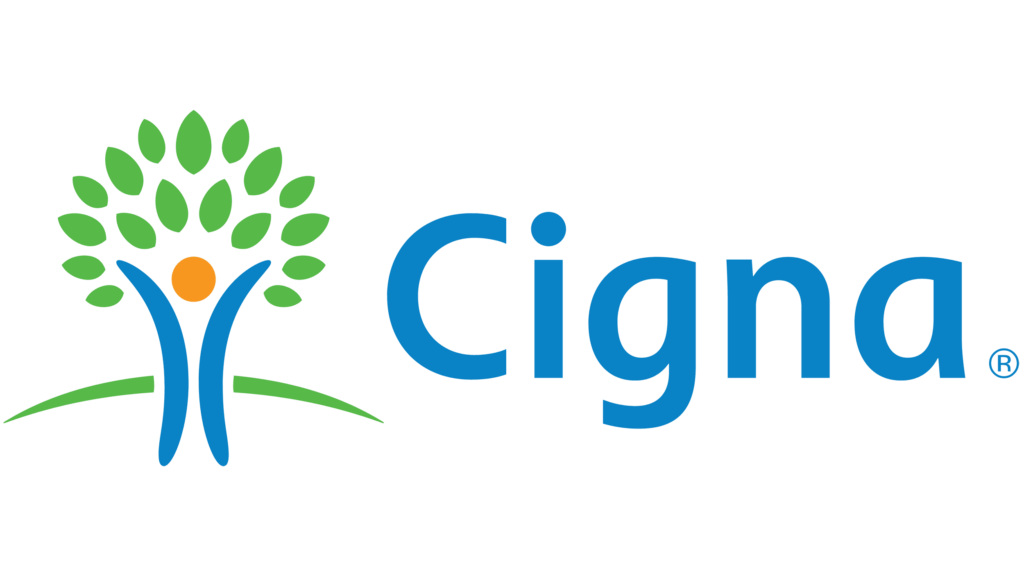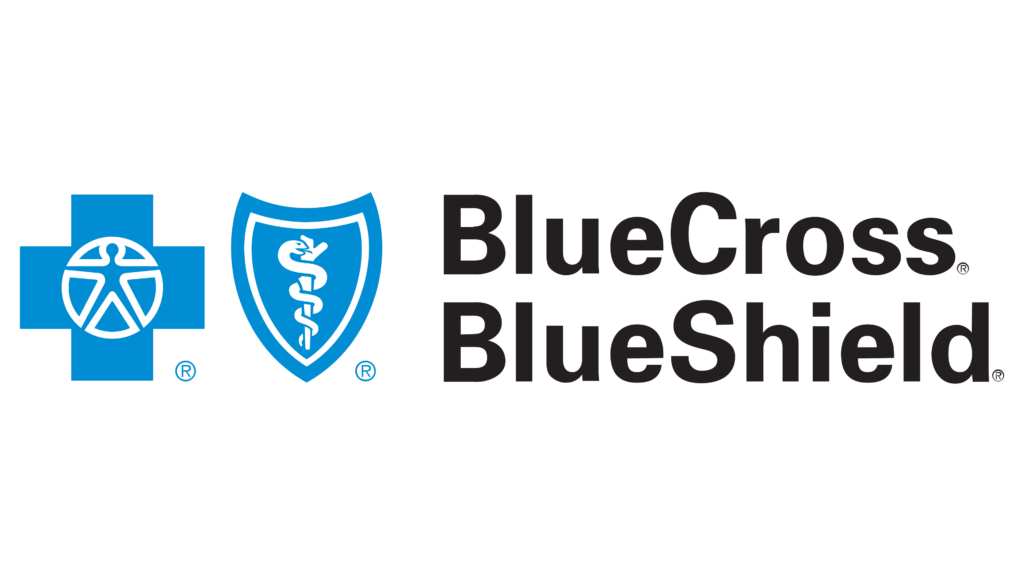The term “feining” has been widely used in contemporary slang to describe an intense craving or overwhelming desire for something. Originally, feining meaning slang was closely associated with drug addiction, particularly heroin withdrawal, but it has since expanded into popular culture. Today, you might hear someone say they’re “feining for coffee” or “feining for attention”, but in its most serious context, feining for drugs refers to desperate, uncontrollable cravings linked to substance dependence.
For those wondering, “what does feining mean?”, it is often confused with fiending, which is the correct spelling used to describe intense drug cravings. Some people also mistakenly associate it with feigning meaning slang, which refers to faking something—but feining is not about pretending, it’s about needing a substance so intensely that it overtakes rational thought.
While feining might be a mispronunciation of fiending, its meaning remains clear: a state of powerful, consuming addiction that can be life-threatening if untreated.
The origins of feining can be traced back to urban drug culture, where it was first used to describe withdrawal symptoms experienced by heroin users. The term evolved from “fiend”, which historically referred to a desperate addict seeking their next fix.
By the 1990s, hip-hop artists like Nas popularized the term, using it in lyrics to describe intense cravings—not just for drugs, but for success, power, and money. As urban slang spread through music, media, and digital culture, “feining” became more commonly used—even in contexts unrelated to addiction.
Today, modern applications include:
When someone is feining for drugs, they are experiencing severe withdrawal symptoms due to chemical dependency. These symptoms can be both physical and psychological, making it incredibly difficult to stop using a substance without medical intervention.
Addiction rewires the brain, making cravings feel as urgent as hunger or thirst. Dr. Nora Volkow, director of the National Institute on Drug Abuse (NIDA), explains:
“Feining isn’t about lack of willpower—it’s the brain’s orbitofrontal cortex prioritizing drug acquisition over survival needs.“
This explains why people in withdrawal report:
Asana Recovery works with most PPO plans, covering up to 100%. See if your insurance can help fund your journey. Click below to get a free quote.
Feining for drugs is not just about willpower or bad decisions—it’s deeply rooted in the brain’s chemistry and neurological processes. Addiction fundamentally alters the way the brain processes pleasure, stress, and decision-making, making the urge to use substances feel as natural as hunger or thirst. This is why someone experiencing feining for drugs may feel like they physically cannot function without their next fix.
At the core of feining meaning is the brain’s reward system, which is driven by a neurotransmitter called dopamine. When a person uses drugs, their dopamine levels surge unnaturally high, creating feelings of euphoria and relaxation. Over time, however, the brain adapts to these artificial highs by reducing its natural dopamine production, making it harder for a person to experience pleasure without the substance. This process, known as tolerance, is why people struggling with addiction find themselves needing larger doses just to achieve the same effect.
The cycle of feining is primarily controlled by three key areas of the brain:
The brain’s structural changes explain why fiending meaning addiction is so powerful—even after months or years of sobriety, people may still experience drug cravings due to the long-lasting impact on their brain chemistry. The same mechanism is seen in Anavar results, where individuals who misuse performance-enhancing drugs experience persistent urges long after stopping the cycle. This is because substances like Anavar also disrupt dopamine regulation, reinforcing habitual use and dependency.
Understanding the science behind feining for drugs is crucial because it removes the stigma surrounding addiction. Many people mistakenly believe that feining is a choice, when in reality, it is a neurological disorder that requires medical intervention. Without proper treatment—such as therapy, medication-assisted treatment, or supervised detox programs—the brain remains stuck in the addiction loop, making long-term recovery incredibly challenging.
For those who ask, “What does feining mean in terms of addiction?”, the answer lies in how the brain becomes wired for dependency. Over time, feining isn’t just about wanting drugs—it’s about the body believing it needs them to survive. This is why medical detox, cognitive behavioral therapy (CBT), and ongoing support systems are necessary to help individuals rewire their thought patterns and regain control over their lives.
Breaking free from feining for drugs is possible, but it requires a multi-faceted approach that addresses both the physical and psychological aspects of addiction. With the right support, neuroplasticity allows the brain to heal, helping individuals regain control and overcome cravings for good.
If left untreated, chronic feining leads to severe health consequences, including:
Without intervention, long-term feining can be fatal—either through organ failure, overdose, or life-threatening withdrawal symptoms.
Asana Recovery is here to provide the support and tools you need to break free and regain control of your life.
📞 Call us today at (949)-763-3440
🌐 Visit asanarecovery.com
Take the first step toward lasting recovery. You don’t have to face this journey alone.
We get it. Addiction recovery is tough. That’s why our programs are founded and staffed by people in recovery – people who truly understand.
Feining meaning slang refers to an intense craving, particularly for drugs, often associated with addiction and withdrawal symptoms. While “fiending” is the correct spelling, “feining” is a widely used slang variant in urban culture.
In addiction, feining means an uncontrollable urge to use a substance despite harmful consequences. This can lead to desperate drug-seeking behaviors, withdrawal symptoms, and compulsive cravings.
Yes, feining is a misspelling of fiending, but both terms describe intense cravings, typically for drugs. Fiending meaning is the correct version used to refer to physiological and psychological dependence on substances.
Feigning meaning slang refers to faking or pretending, so to feign addiction would mean acting as if one is addicted without actually being dependent on a substance. However, real addiction symptoms, such as feining for drugs, cannot be faked.
Feining for drugs occurs due to neurochemical imbalances in the brain. When a person continuously uses substances, their dopamine levels become depleted, leading to severe withdrawal symptoms and an inability to feel pleasure without the drug.
Yes, chronic feining leads to serious health risks, including:
Common symptoms include:
The best way to stop feining for drugs is to seek professional treatment, which may include:
No, while feining is most commonly associated with addiction, it can also refer to intense cravings for other things, such as:
Some natural supplements have been studied for reducing drug cravings, such as:
People who are feining for drugs often describe it as:
Yes, feining meaning slang has evolved to describe intense cravings for things like food, money, validation, or even love. However, in the context of addiction, feining for drugs remains the most serious form.
Yes, Anavar results in increased dopamine levels, which can lead to psychological dependence. Some users experience fiending for Anavar due to its effects on performance and body composition.
While feining meaning slang refers to intense cravings, deign meaning refers to someone lowering themselves to do something beneath their dignity. However, a person who is feining for drugs may “deign” to desperate measures to get their fix.
The best treatment depends on the substance involved, but typically includes:
The duration of feining depends on the substance:
While addiction is considered a chronic condition, it can be managed with the right treatment. Many people achieve long-term sobriety through:
Because substance use rewires the brain’s reward system, drug cravings can feel more intense than hunger or thirst. The longer someone uses a substance, the stronger the cravings become, making it difficult to quit without help.
Yes, continuing to feining for drugs can lead to tolerance buildup, forcing individuals to use larger amounts, increasing their risk of fatal overdose.
Take your first step towards lasting recovery. At Asana, we offer effective, insurance-covered treatment for addiction and mental health, guided by experts who understand because they’ve been there. Start your healing today.

This book has helped so many men and women; and we want to give it you for FREE. Get signed up today and discover how to unlock the grip of addiction and get back to living your best life.
In this book, you’ll discover…
— The Most Common Misconceptions About Addiction and Rehab
— Why Rock Bottom is a Myth and What You Can Do About It
–The Steps to Healing From Trauma, Both Mentally and Emotionally
–And much more!
© Copyright 2024 Asana Recovery™ | All Rights Reserved | Privacy Policy
You could save up to 100% of your treatment using your Insurance.





By submitting this form, you agree to Asana Recovery’s Privacy Policy. You also consent to Asana Recovery contacting you by phone, text message, and email regarding your insurance benefits and treatment services. You acknowledge that text messaging may involve risks, authorize the use of your Protected Health Information (PHI) for these communications, and understand you can opt-out of text messages at any time by replying “STOP”.
Asana Recovery
We firmly believe that the internet should be available and accessible to anyone, and are committed to providing a website that is accessible to the widest possible audience, regardless of circumstance and ability.
To fulfill this, we aim to adhere as strictly as possible to the World Wide Web Consortium’s (W3C) Web Content Accessibility Guidelines 2.1 (WCAG 2.1) at the AA level. These guidelines explain how to make web content accessible to people with a wide array of disabilities. Complying with those guidelines helps us ensure that the website is accessible to all people: blind people, people with motor impairments, visual impairment, cognitive disabilities, and more.
This website utilizes various technologies that are meant to make it as accessible as possible at all times. We utilize an accessibility interface that allows persons with specific disabilities to adjust the website’s UI (user interface) and design it to their personal needs.
Additionally, the website utilizes an AI-based application that runs in the background and optimizes its accessibility level constantly. This application remediates the website’s HTML, adapts Its functionality and behavior for screen-readers used by the blind users, and for keyboard functions used by individuals with motor impairments.
If you’ve found a malfunction or have ideas for improvement, we’ll be happy to hear from you. You can reach out to the website’s operators by using the following email
Our website implements the ARIA attributes (Accessible Rich Internet Applications) technique, alongside various different behavioral changes, to ensure blind users visiting with screen-readers are able to read, comprehend, and enjoy the website’s functions. As soon as a user with a screen-reader enters your site, they immediately receive a prompt to enter the Screen-Reader Profile so they can browse and operate your site effectively. Here’s how our website covers some of the most important screen-reader requirements, alongside console screenshots of code examples:
Screen-reader optimization: we run a background process that learns the website’s components from top to bottom, to ensure ongoing compliance even when updating the website. In this process, we provide screen-readers with meaningful data using the ARIA set of attributes. For example, we provide accurate form labels; descriptions for actionable icons (social media icons, search icons, cart icons, etc.); validation guidance for form inputs; element roles such as buttons, menus, modal dialogues (popups), and others. Additionally, the background process scans all the website’s images and provides an accurate and meaningful image-object-recognition-based description as an ALT (alternate text) tag for images that are not described. It will also extract texts that are embedded within the image, using an OCR (optical character recognition) technology. To turn on screen-reader adjustments at any time, users need only to press the Alt+1 keyboard combination. Screen-reader users also get automatic announcements to turn the Screen-reader mode on as soon as they enter the website.
These adjustments are compatible with all popular screen readers, including JAWS and NVDA.
Keyboard navigation optimization: The background process also adjusts the website’s HTML, and adds various behaviors using JavaScript code to make the website operable by the keyboard. This includes the ability to navigate the website using the Tab and Shift+Tab keys, operate dropdowns with the arrow keys, close them with Esc, trigger buttons and links using the Enter key, navigate between radio and checkbox elements using the arrow keys, and fill them in with the Spacebar or Enter key.Additionally, keyboard users will find quick-navigation and content-skip menus, available at any time by clicking Alt+1, or as the first elements of the site while navigating with the keyboard. The background process also handles triggered popups by moving the keyboard focus towards them as soon as they appear, and not allow the focus drift outside it.
Users can also use shortcuts such as “M” (menus), “H” (headings), “F” (forms), “B” (buttons), and “G” (graphics) to jump to specific elements.
We aim to support the widest array of browsers and assistive technologies as possible, so our users can choose the best fitting tools for them, with as few limitations as possible. Therefore, we have worked very hard to be able to support all major systems that comprise over 95% of the user market share including Google Chrome, Mozilla Firefox, Apple Safari, Opera and Microsoft Edge, JAWS and NVDA (screen readers).
Despite our very best efforts to allow anybody to adjust the website to their needs. There may still be pages or sections that are not fully accessible, are in the process of becoming accessible, or are lacking an adequate technological solution to make them accessible. Still, we are continually improving our accessibility, adding, updating and improving its options and features, and developing and adopting new technologies. All this is meant to reach the optimal level of accessibility, following technological advancements. For any assistance, please reach out to